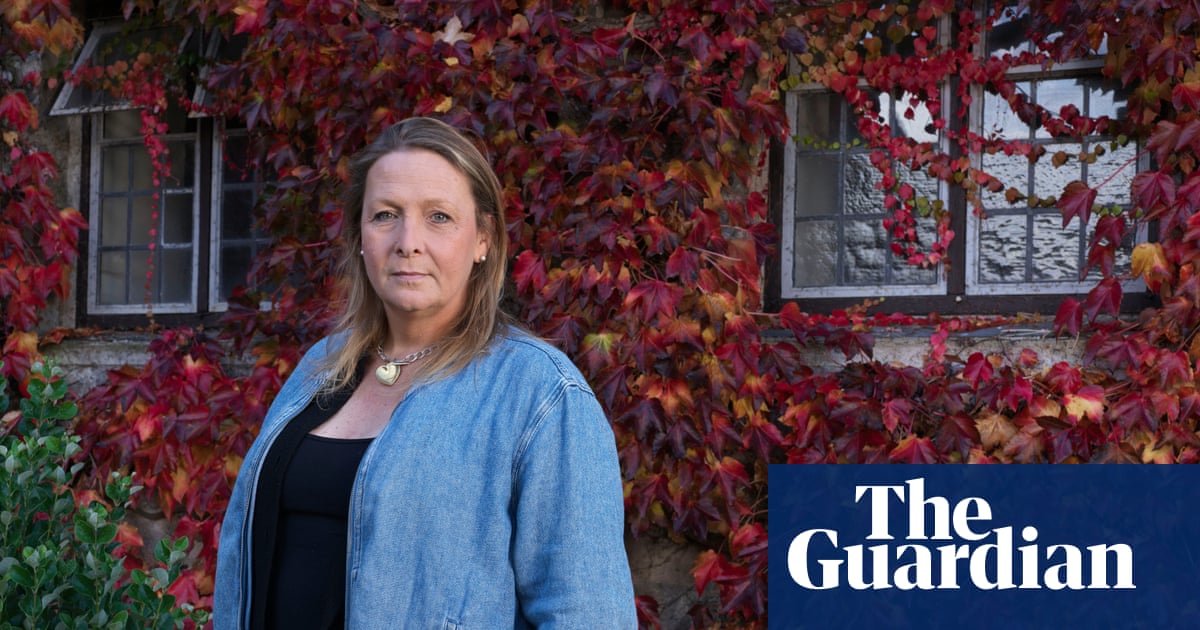
"Doctors had told her she was a boy, but that she had an illness, which was why she couldn't urinate standing up. They told me this is a problem, the 60-year-old from Hong Kong says. And that in the future, you cannot marry, you cannot have a baby, so you need to have surgeries. Having been bullied at school for her ambiguous gender presentation, she found the idea that she could be modified back to normal a compelling one."
"But it wasn't as simple as the doctors made out: Luk had an undeveloped uterus and vagina in her body as well as underdeveloped male genitals. More than 20 operations later, after surgeons had failed to lengthen her urethra, Luk, by then 13, refused further treatment. During that period I felt so sad and lonely she says, and came close to killing herself on two occasions."
"It wasn't until she was 36, after years of performing as a man, that she found out that she has partial androgen insensitivity syndrome (PAIS). Essentially, that meant that although she had the XY chromosomes characteristic of a male, her body didn't fully respond to testosterone, and would never look fully masculine. After doctors advised her that keeping her male genitalia would greatly increase her risk of cancer, Luk agreed to have surgery to remove them and started living legally as a woman."
Small Luk was assigned male and underwent repeated genital surgeries beginning at age eight after doctors attributed urinary differences to an illness. She had ambiguous genitalia, an undeveloped uterus and vagina, and underdeveloped male genitals, and endured more than 20 operations before refusing further treatment at 13. Suicidal ideation and attempts occurred during adolescence. Genetic testing at 36 revealed partial androgen insensitivity syndrome (PAIS). After removal of male genitalia due to cancer risk, Luk lived as a woman and became an intersex rights activist, calling for an end to nonconsensual childhood genital surgeries.
Read at www.theguardian.com
Unable to calculate read time
Collection
[
|
...
]